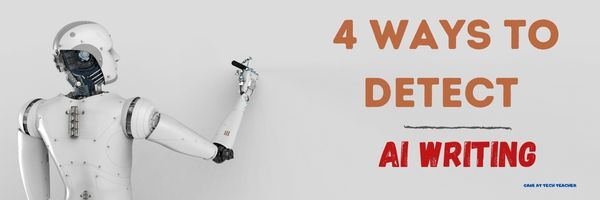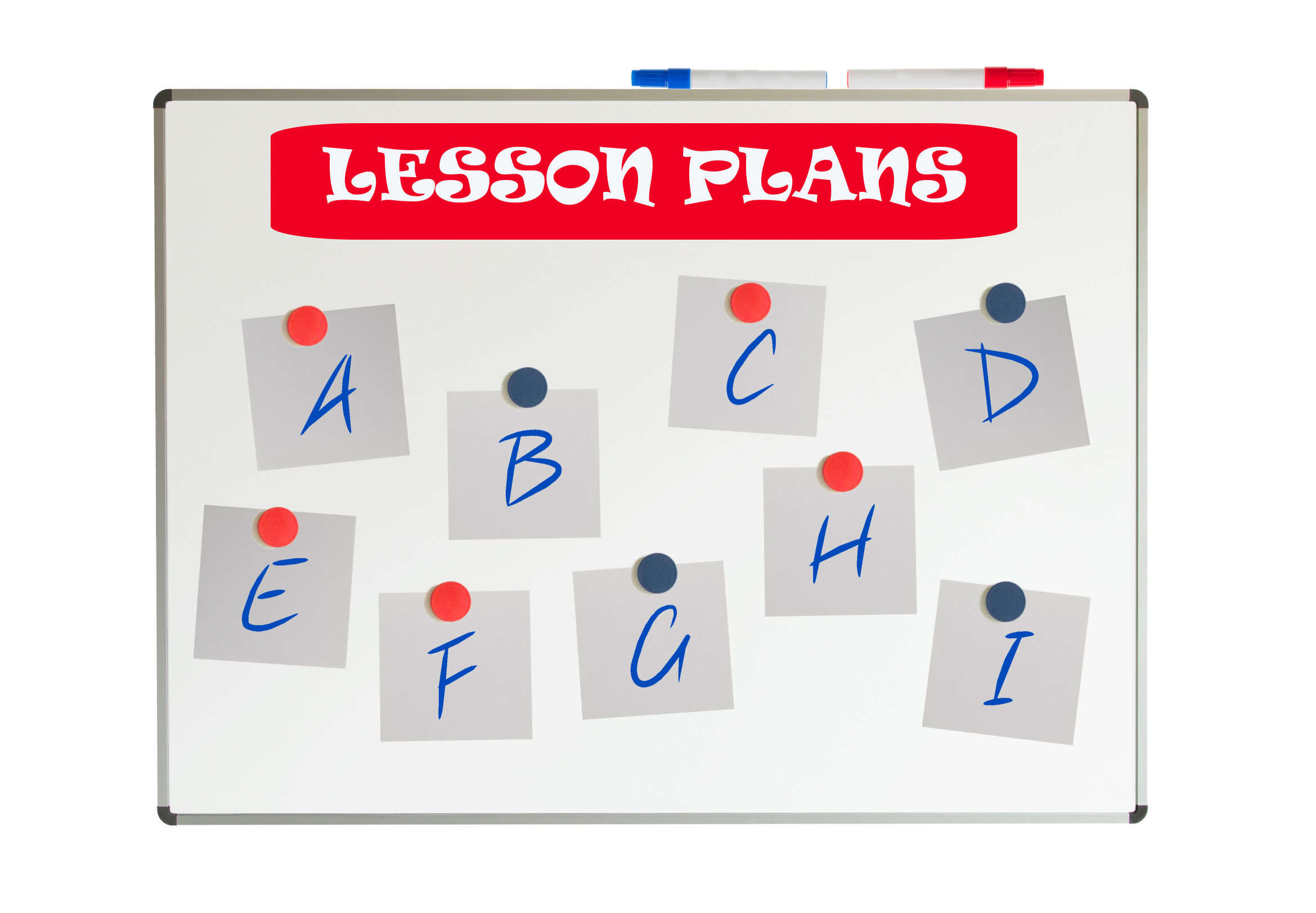AI-generated writing, currently centered around ChatGPT, already is a disruptive force in education. Check out these articles:
- How ChatGPT Can Improve Education, Not Threaten it–from Scientific American
- ChatGPT threatens education at all levels – here’s how it can be stopped–from Tech Radar
- ChatGPT: The Next Firestorm in Education–from AACSB
ChatGPT has this to say about itself being a threat to student writing skills:
Detecting AI writing can be a difficult task, as modern AI systems are becoming increasingly sophisticated in their ability to produce human-like text. However, there are a few indicators that can help you identify whether a piece of writing has been generated by an AI system.
-
- Consistency: One of the most noticeable features of AI writing is its consistency. Unlike human writers, AI systems tend to produce text that is consistent in tone, style, and grammar throughout the entire piece.
- Repetition: AI systems often rely on pre-programmed templates and patterns to generate text, which can result in repetitive phrasing and wording.
- Unusual errors: While AI systems are generally quite accurate in their use of grammar and spelling, they can sometimes make unusual errors or produce awkward phrasing that is not typical of human writing.
- Lack of context: AI systems can struggle to understand the broader context of a piece of writing, which can lead to text that is disconnected or irrelevant to the topic at hand.
Pretty good? Or not? The problem is, because it’s not obviously incoherent, how do you tell it was written by an AI? Here’s what Jodi Williams, one of Ask a Tech Teacher’s tech experts suggests to help you decide:
4 Approaches to Detect AI Writing
Sometimes the use of technology can play a bad joke on us, especially when we turn to various AI-based tools that help to write things instead of ourselves. The practice shows that the AI Writing phenomenon contributes a lot to the cases of plagiarism and poses a severe problem for educators as they have to check assignments manually and spend more time evaluating the content. Still, it’s possible to detect the issue even when students use solutions like ChatGPT. The trick is to use analytical tools and evaluate the readability factor!
1 Roberta Base Open AI Detector.
It is an interesting approach to AI writing that will require some time. The tricky part with these tools is that you will have to clash artificial intelligence with another machine learning tool to detect plagiarism cases. The purpose is to detect whether an assignment has been penned by an AI tool instead of a student. Alternatively, one can talk to an expert at LetsGradeIt and achieve far better results by evaluating the content for originality. Ensuring that the writing is unique is important in cases when you are a student or a college professor.
2 Authorship Detection.
Although this part of the checking is already included in systems like Turnitin, it’s still possible (and sometimes necessary) to do manual checking to see whether the document is unique or not. It works by comparing the previous tasks done by the student, which can be helpful if you already have a sample of a person’s work. If there are drastic changes in style or quality of writing, the system will alert you immediately. However, some foreign or exchange students may approach IsAccurate for information about translation services. One has to be extra careful when picking the right service, so it’s better to trust industry experts.
3 Unicheck.
It’s another solution that might be helpful when you are almost sure the student has cheated or used some form of artificial writing. This system is a classic plagiarism detection tool with an interesting twist as it will analyze the readability and the structure of the sentences. It can be helpful when you copy and paste the paragraph in question and compare it to the rest of the assignment. It also makes it easier to detect the presence of some AI content generator and question the student in case you receive proof or want to ask for a revision of the part in question.
4 Human Analysis.
The most important is to never ignore basic human analysis. Suppose the content doesn’t sound right to you or represents a drastic change from what you have read before. In that case, it is most likely that the paper has been either written by another person or that some artificial writing technology has been involved. At the same time, don’t be too quick to judge, and take your time to always check things twice.
No Need to Panic!
Without a doubt, many students are expecting to achieve success with the use of artificial intelligence solutions, yet many modern learners actually master new skills and learn how to overcome writer’s block. Some people even claim that text watermarking is the future to prevent cases of plagiarism, yet there is no reason to panic per se. Luckily, there is always human analysis that can be implemented to detect the problem as every college professor will know the student’s style and the typical readability issues that will always take place even with the best AI tools. Once the human check takes place, it makes all the difference!
BIO
Jodi Williams is a technology expert and an educator passionate about online learning innovations and ways to achieve academic success. Her posts focus on various teaching methods and tips for students and educators. Follow Jodi to unfold your creativity and find inspiration.
–image credit Deposit Photo
Copyright ©2023 askatechteacher.com – All rights reserved.

Jacqui Murray has been teaching K-18 technology for 30 years. She is the editor/author of over a hundred tech ed resources including a K-12 technology curriculum, K-8 keyboard curriculum, K-8 Digital Citizenship curriculum. She is an adjunct professor in tech ed, Master Teacher, webmaster for four blogs, an Amazon Vine Voice, CSTA presentation reviewer, freelance journalist on tech ed topics, and author of the tech thrillers, To Hunt a Sub and Twenty-four Days. You can find her resources at Structured Learning.






































While I’ve heard of AI writing, I haven’t actually looked into it all. Hence I found this article quite informative. Thank you. It sounds like a headache for college and university lecturers and professors. I don’t think it would have bothered me as a year 1 teacher. 😉😂
There is so much to consider, it makes my head spin!
I imagine that’s what it would do to me too – that’s why I haven’t looked. 🙂